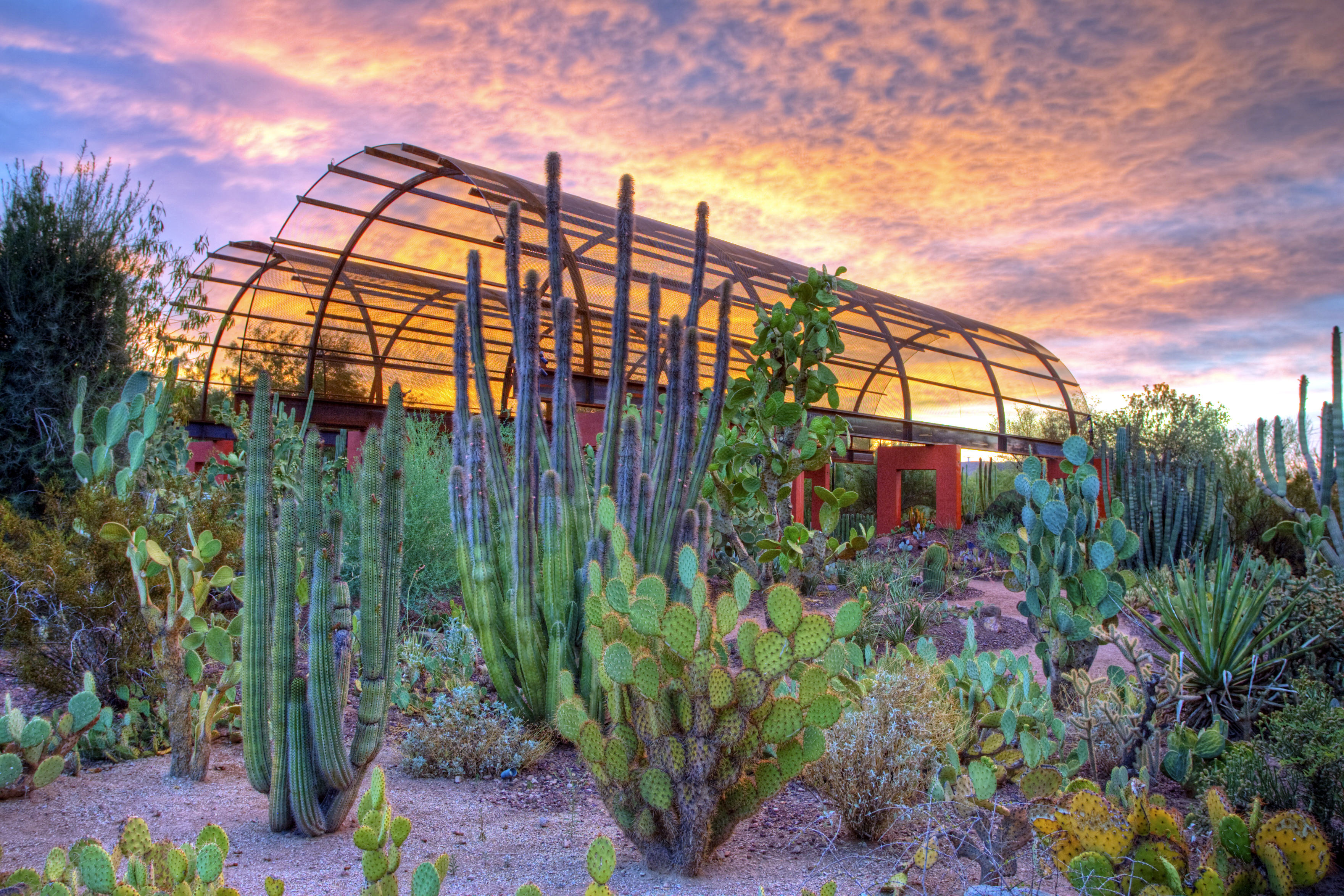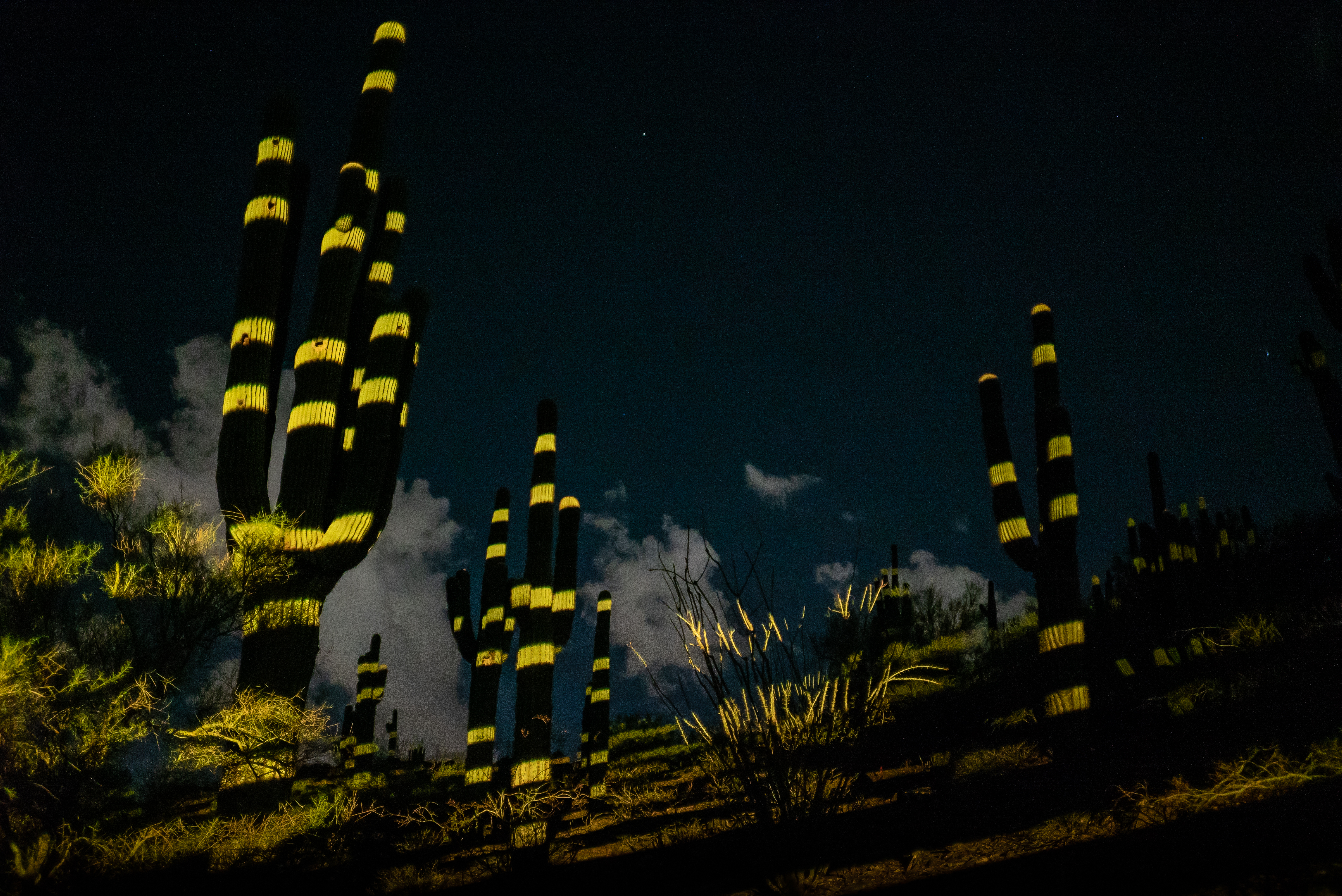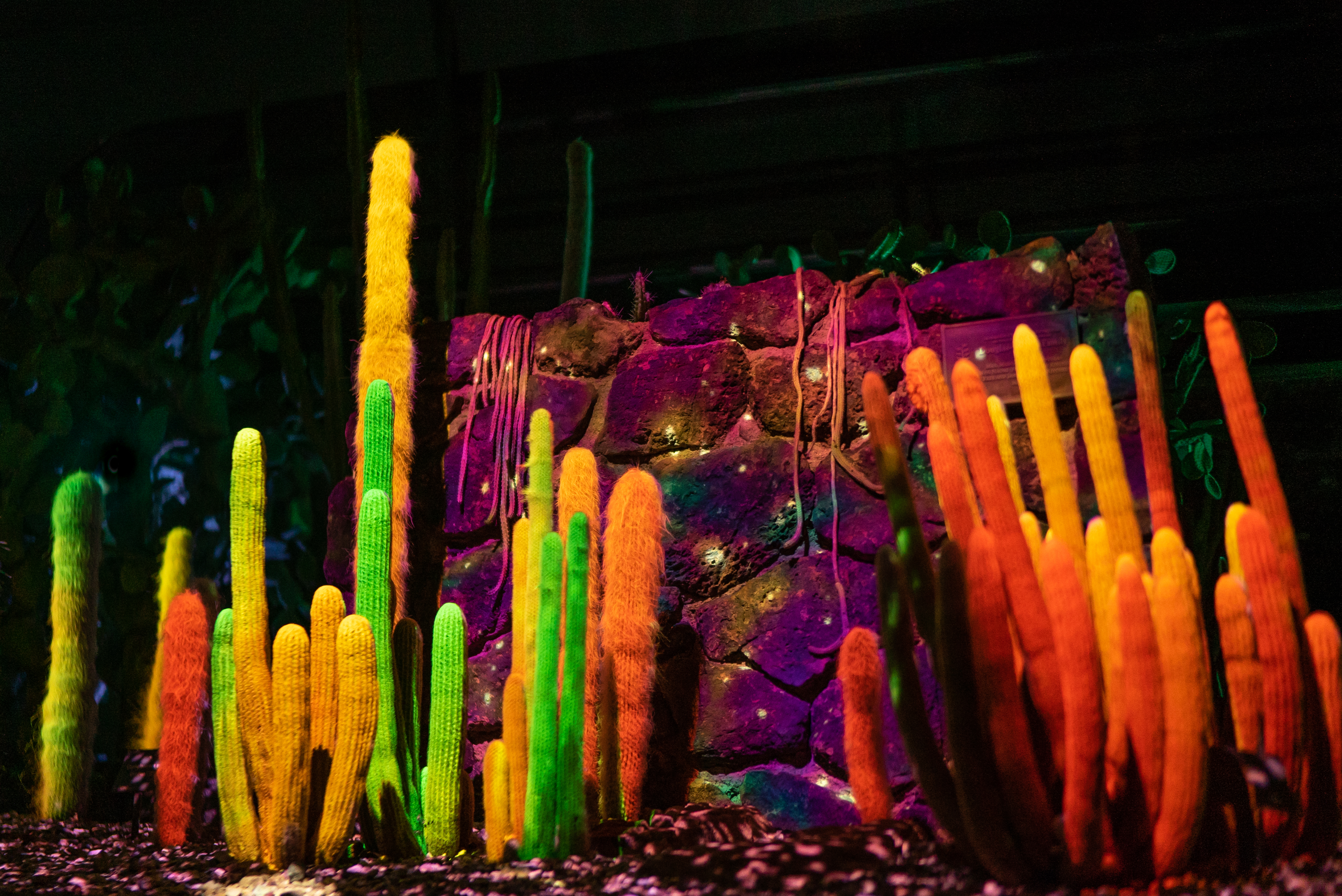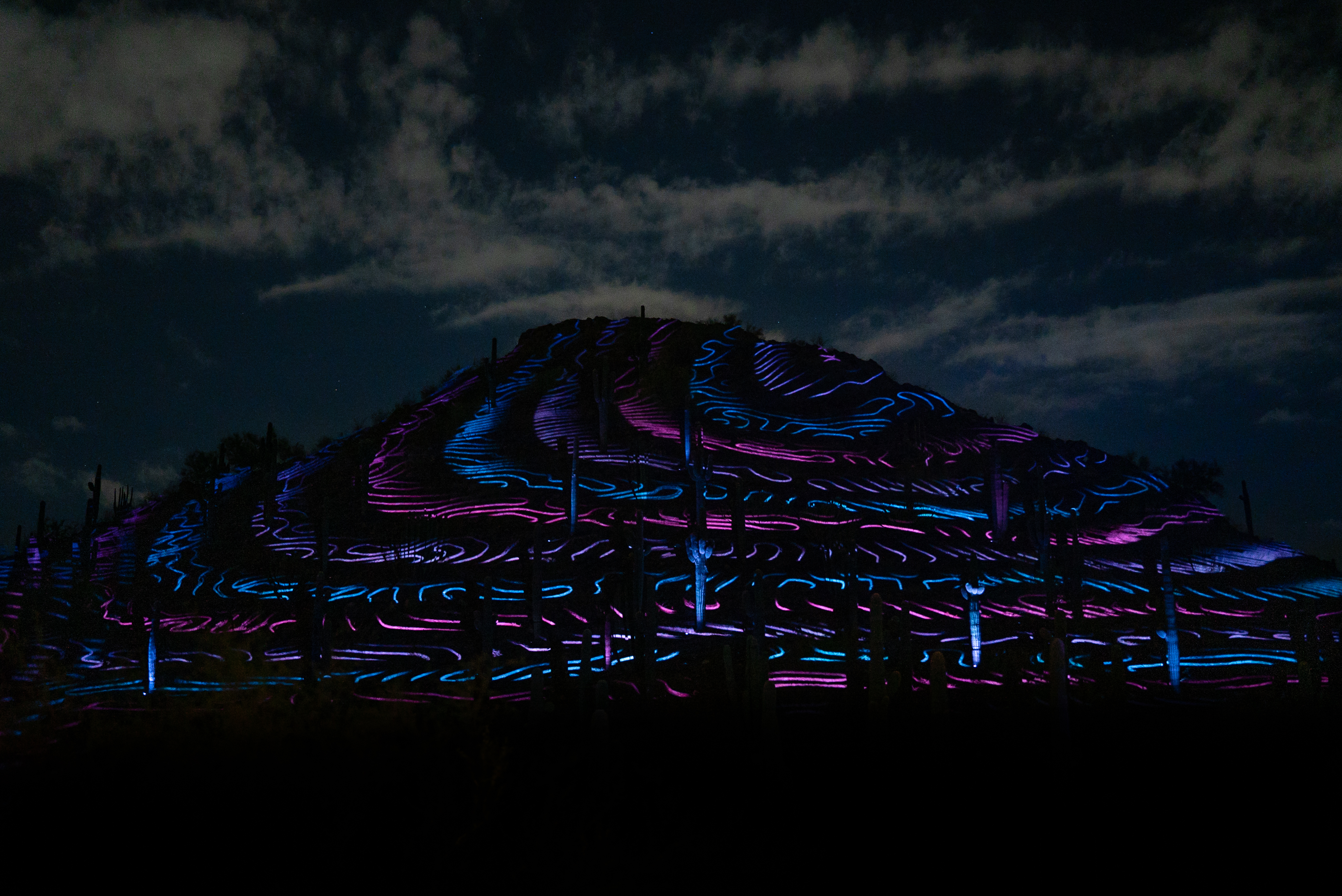 |
| Interior of St. Anthony's Church - note "standing room only". Only children and the elderly sit during a service |
My friend Michele took the lead on my last day in AZ and drove out to a most unlikely oasis:
St. Anthony's Greek Orthodox Monastery in Florence, about 15 minutes outside of town. Miles of sand, dust, scrub punctuated by the occasional saguaro gave way to a place that appeared to be air-lifted whole from Greece. The plantings, the fountains, the chapels, the acres of citrus in full bloom - it was almost hallucinatory.
 |
| The latest in Ortodox fashion |

After pulling into the parking lot, we walked under the arch and filed over to the gatehouse where attentive Greek women (covered head to toe) dressed us up over our garments, making sure that 1. all pants and legs were covered by skirts, 2. no bare arms or neckline were on view 3. hair and neck were completely covered and 4. no bare feet were exposed. I have to give them credit; from a trunk of skirts, scarves and shirts, they managed to put together some semblance of a matching outfit for every female visitor. Naturally, male visitors just breezed right through (though long sleeves and long pants were required). We ladies were warned to not look at, photograph or speak to any of the monks, and to avoid them whenever possible.
Though the requirements for entry seemed excessive, they were merely hot (it WAS over 80 degrees), and so worth it. The grounds were like a fairyland of semi-tropical plants: flaming bougainvillea, palms of all sorts, jasmines and more all anchored by pleasant sitting areas and a variety of fountains. The citrus fields were in full bloom, scenting the air with each breeze. The grounds were also home to St. Anthony's church and six different chapels, each dedicated to a different saint, all unique in materials and decor. It was here that I adopted two more saints (I'm already a big fan of
St. Jude, patron saint of impossible causes). Welcome St. Nectarios the Wonderworker and Nicholas the Wonderworker. Who could resist a few wonders worked?
 |
| Icons everywhere |
This was a special treat for me, as my grandmother was Orthodox (though from the Russian branch), and I recognized both the style and identity of many of the icons in the chapels. I always thought the
babushka (headscarf) my grandmother wore most of her life in public was a fashion statement, not a religious requirement. In Russian,
babushka is another word for "grandmother".
The Monastery was founded in 1995, when several monks were brought from the Philotheou Monastery on Mt. Athos in Greece. They built the main church, living quarters for monks, a dining hall, and guest quarters. The Monastery has since expanded to include the chapels, gardens, citrus and olive orchards. The monks and novices hold all things in common and follow a strict daily schedule of prayer, work and spiritual reading. Orthodox guests are invited to the Monastery to spend a few
days in contemplation. The front "wall" of the church and chapels (pictured at left and in the top picture) is actually a screen - the priests perform sacred parts of the religious ceremony behind it during the service.
 |
| Chapel ceiling |
Speaking of Mt. Athos, after our visit to the Monastery, we stopped at the
Mt. Athos Resaurant in Florence, keeping with the mood of the day. Started by a family of New Yorkers who fled west after 9/11, the food is quite good - especially the traditional Greek dishes. It was a bittersweet goodbye to Florence, Arizona - the next day I was boarding an American jet to San Diego.
 |
| St. George chapel's resident pussycat |
All images by Joanne Orion Miller unless otherwise noted
 This is a stunner of a park. The hills and surrounding trails are painted brilliant yellow with thousands of wild daisy-like groundsels and fragrant goldenrods.
This is a stunner of a park. The hills and surrounding trails are painted brilliant yellow with thousands of wild daisy-like groundsels and fragrant goldenrods.














































